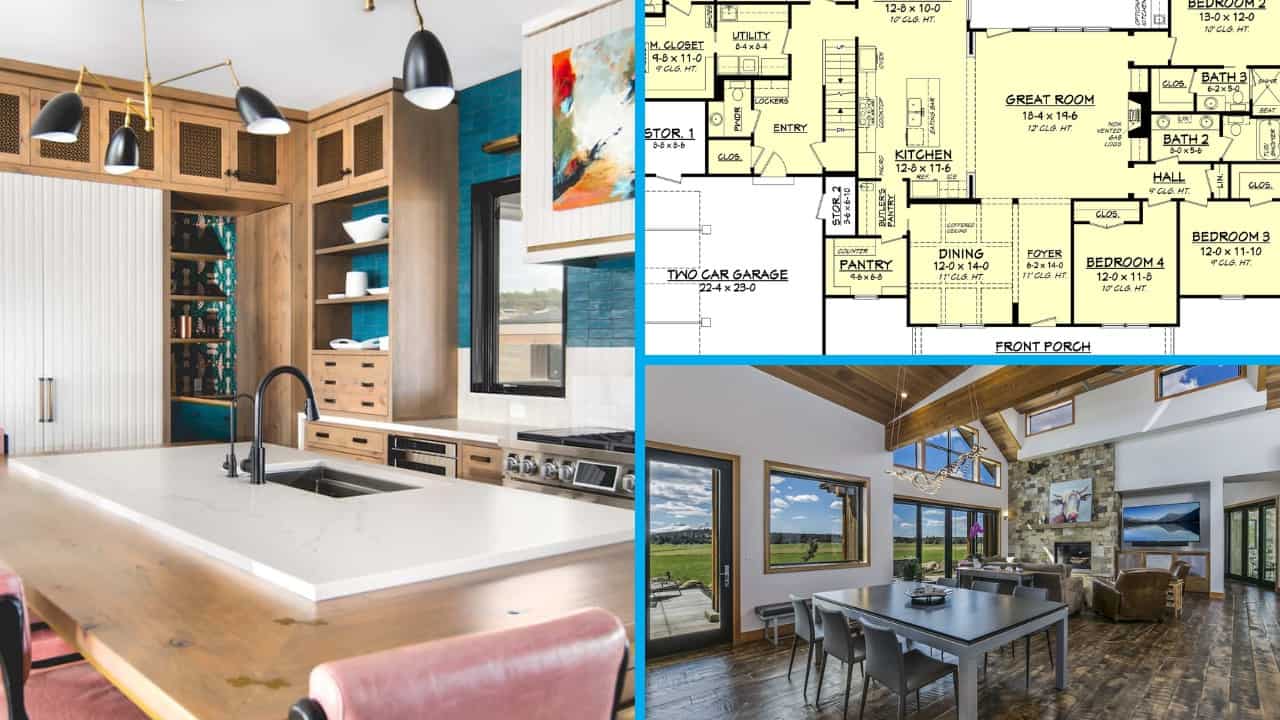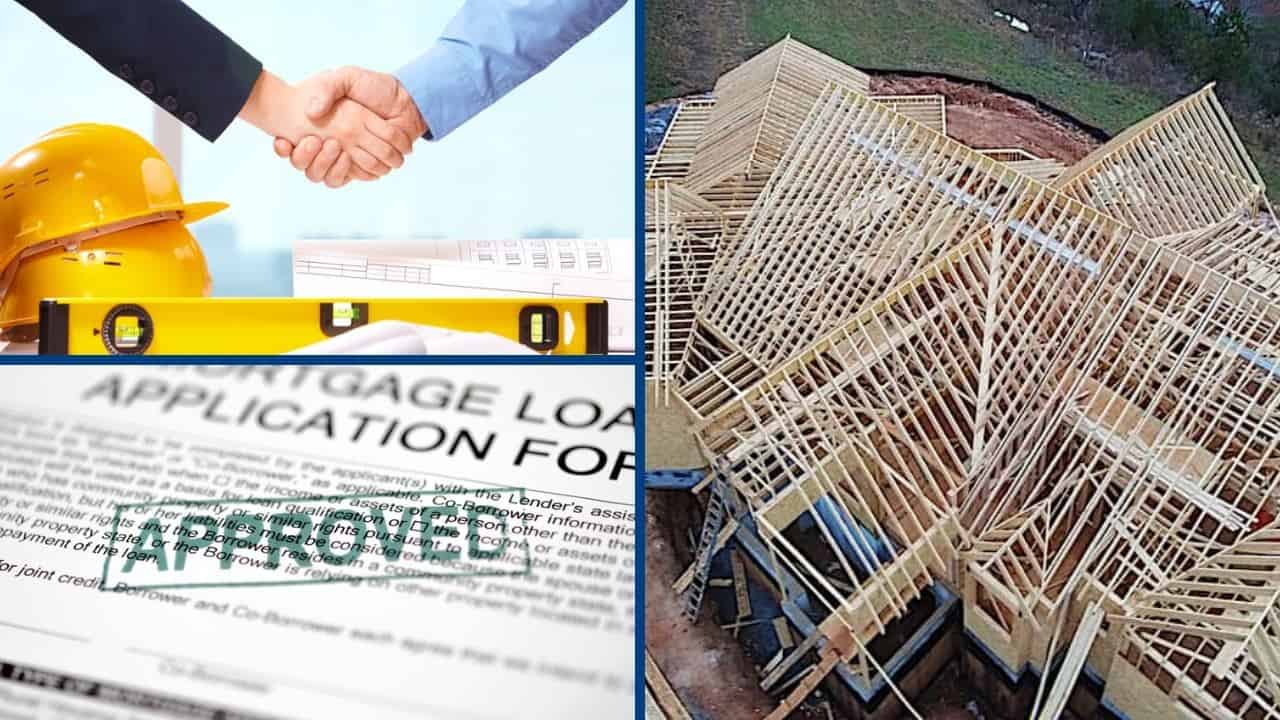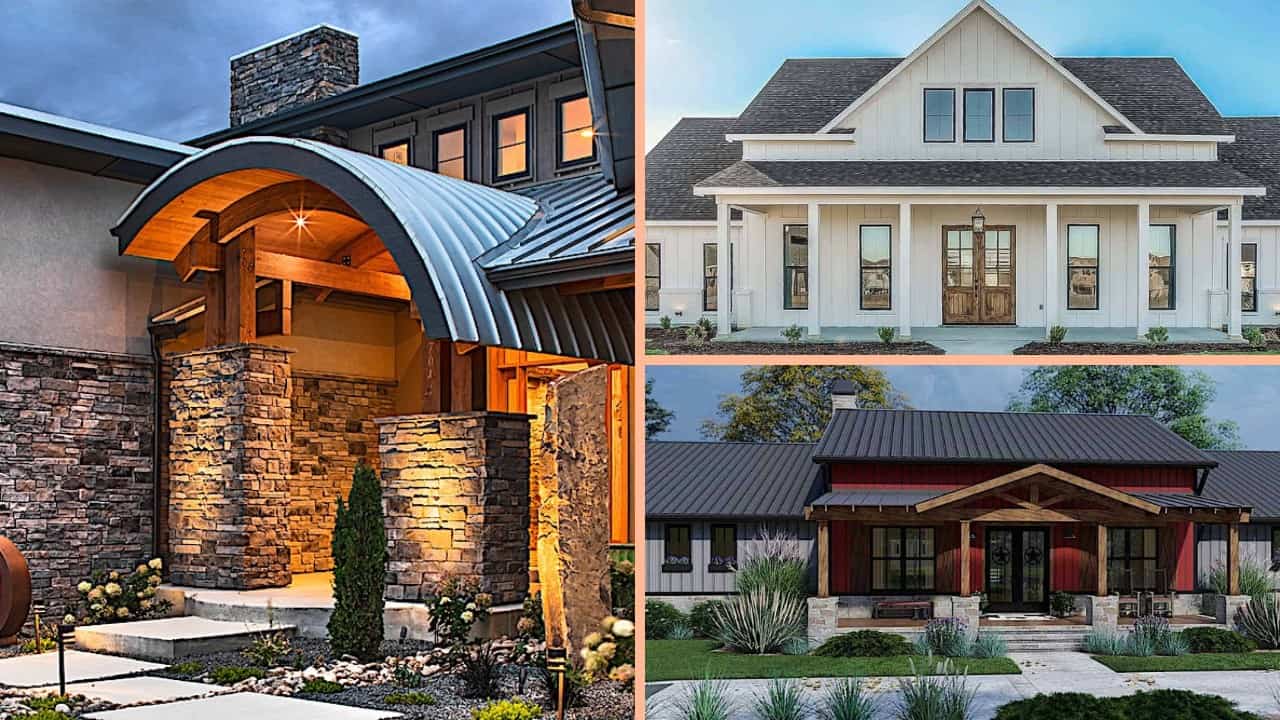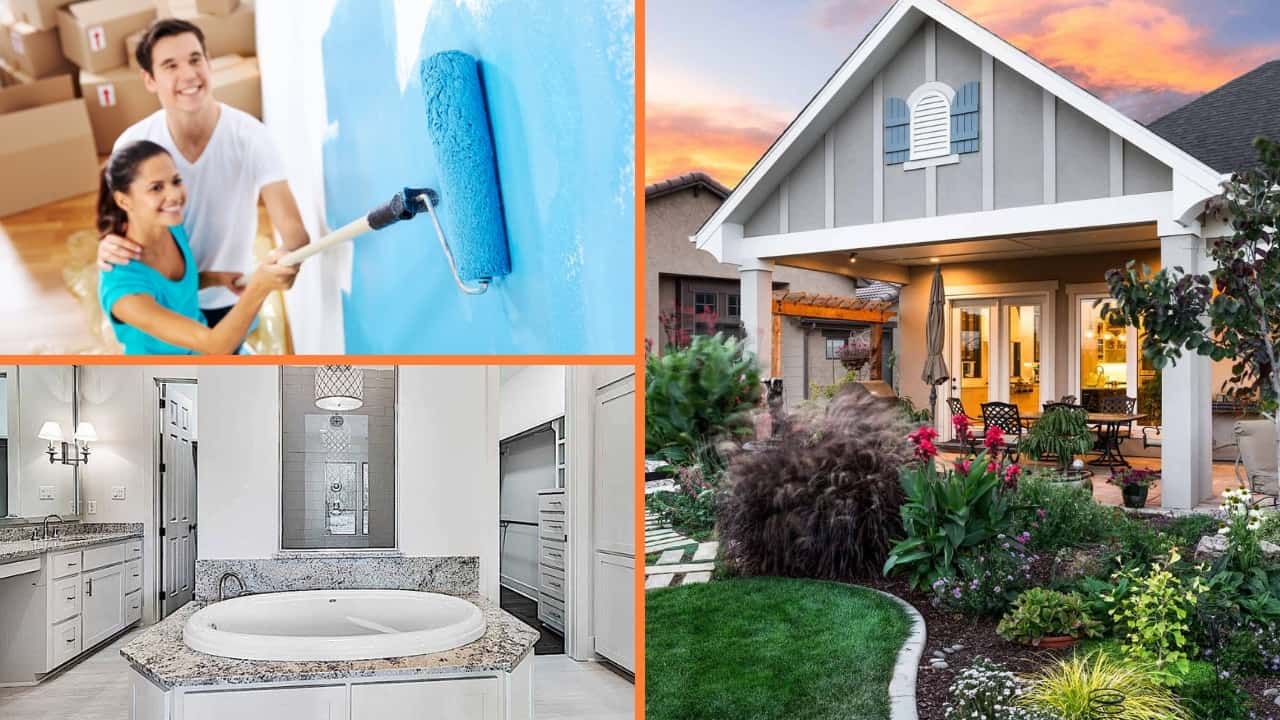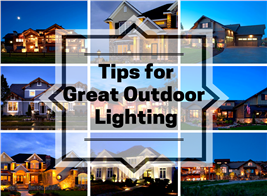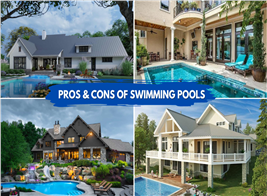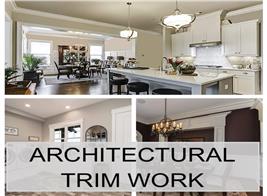13 Features to Consider for Your Outdoor Living Space
By Tim Bakke | Updated April 07, 2023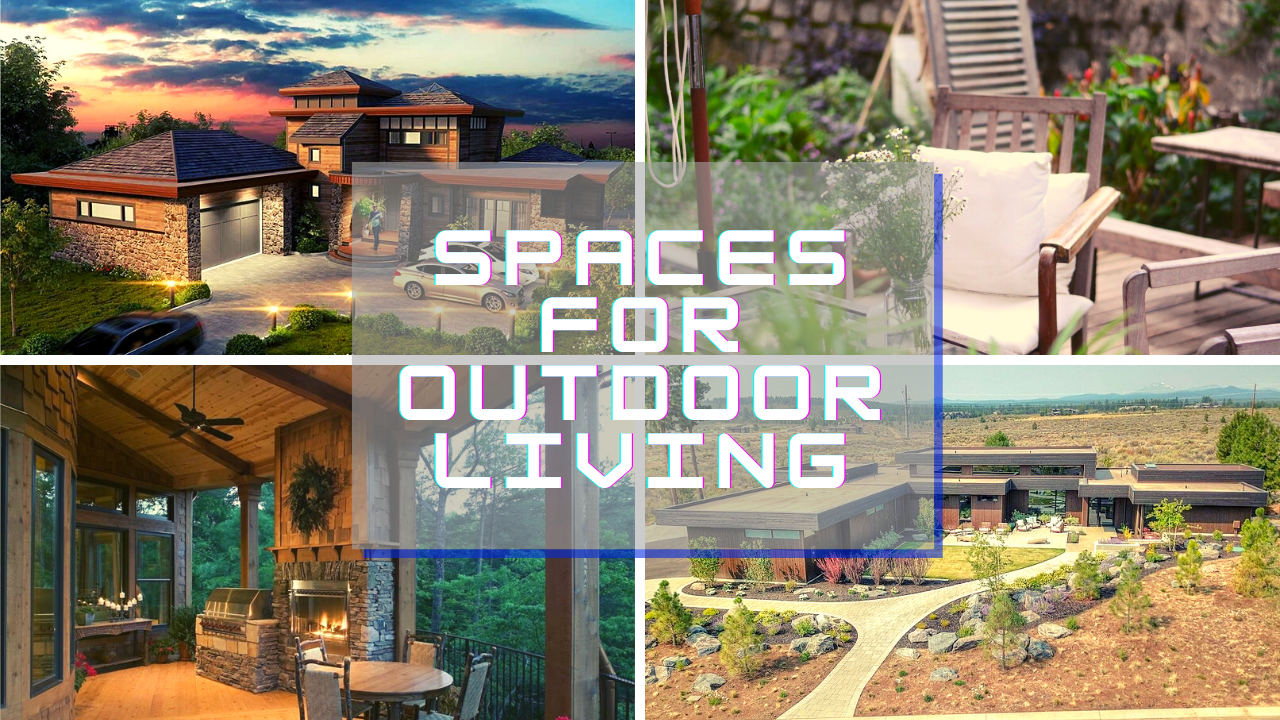
How to Create Space to Enjoy Being Home Outside
Many of us have re-discovered outdoor living! We've also found out that there can be so much more to our outdoor living spaces than a table, a couple of chairs, and a grill. Are home improvement projects related to outdoor living near the top of your to-do list? If so, here are 13 outdoor living projects you can do to make your home more enjoyable now or what to consider adding to your dream home as an outdoor living space when planning and designing your next new build.
A home's outdoor area can be one of the best spaces for both entertaining and personal enjoyment. However, you should pay attention not only to entertaining areas but also to functional areas for entering and exiting the home to make it as comfortable as possible for guests when they come to visit.
To that end, we look at virtually all of your options to consider for outdoor space. If you're interested in upgrading your current home or building a new one, these 13 outdoor living space ideas will spruce things up.
This beautiful covered rear porch with vaulted ceiling and fireplace in a Luxury Rustic style home is the perfect place to enjoy company outdoors, especially when being indoors with others may not be a good option (Plan #198-1122).
1. Covered Front Porch or Portico
First impressions matter, so your home really should have a front porch or a portico, and you should make it a great one.
For a Farmhouse, Country, Colonial, Craftsman, or Arts and Crafts home and other styles, and depending on the impression you're out to make, a covered front porch is the way to go – and the house was probably designed with one. If not, add one as soon as you can. A covered front porch provides an attractive, sheltered entry to your home and gives you somewhere to relax in the morning or evening with a cup of coffee or a refreshing drink and enjoy the neighborhood, watch cars go by, and converse with neighbors.
A portico is a covered entry to the house characterized by a roof structure over a walkway, supported by columns or enclosed by walls. Think of it as a foreshortened covered front porch with just enough space for visitors to pass through and maybe a decorative plant or two for curb appeal. The style was very popular in ancient Greece and has been included and perfected in most western architectural traditions.
This is because a portico gives a home a stately entrance and provides all who enter a safe, dry (in wet weather) place to pause before entering the house to find their keys, dust off their shoes, etc. You'll typically find porticoes on Traditional, Contemporary, European, French, Georgian, Mediterranean, Split-Level, Tudor, and Tuscan style homes.
Top: This remarkable Country Ranch style home with a Farmhouse vibe shines with its expansive covered front porch with standing-seam metal roof (Plan #206-1030). Center and Bottom: With its simple design, the small Contemporary Ranch style home shown at the center has a no-frills portico built into the central portion of the house (Plan #120-2647), while the beautiful French Country/Acadian home with three bedrooms and 2.5 baths shown at bottom sports a more traditional style portico (142-1152).
2. Porte-Cochere
Much like a portico, a porte-cochere is a covered entrance to a home; the difference, however, is that a porte-cochere is large enough for vehicles to pass through, not just people. In fact, the name comes from the French for coach gate as in the place where horse-drawn coaches could pause to let off their passengers.
A porte-cochere typically opens up into a courtyard; in smaller homes, however, it's also possible for the home's main entrance to act as the connection point instead.
They are very grand and add a stately air to any structure.
Top: This European Country Estate style home contains a porte-cochere between its 1- and 2-car garages on the right. Bottom: The porte-cochere is seen more clearly here and has two doors, one on each side, opening into the garages (Plan #198-1032).
3. Wrap-Around Porch
A wrap-around porch is the staple of Southern-style homes, although it does tend to be popular nationwide in areas with grand vistas. The feature is highly versatile, as it can be added onto almost any style of a home and still be functional and aesthetically pleasing.
As the name might suggest, these porches wrap around a home; however, they don't always have to go the entire way around. Sometimes, they may be present only on two or three sides of a home, or they might run the width of the house and only partially wrap around the side or sides.
They have been a favorite spot to sit and have a coffee for generations, no matter the length.
Top: This classic wrap-around porch on a 2662-square-foot Farmhouse style home with dormers actually encloses the entire house. Bottom: As seen in this main-level floor plan, the porch is a wrap-around in the true sense of the term. Upstairs on the upper level are two more large bedroom suites and a bonus area in the middle with a rear-covered balcony to relax and take in the view (Plan #196-1195).
4. Patio
A patio is one of America's most popular and straightforward outdoor living spaces and comes as a standard feature with many homes.
Patios are a part of the yard that adjoins the main living space and are typically as simple as a concrete slab or a step up to a paved area with plenty of options for the type of pavement. Some homeowners prefer concrete pavers, while others might prefer bricks, cobblestones, flagstones, or even gravel as a covering.
Patios can be relatively simple to construct, so if your home doesn't have one and you'd like an outdoor space to relax, it doesn't mean you'll have to break the bank to do it.
This Mid-Century Modern style home has a classic concrete patio decked out with loungers and other outdoor furniture. Patios can be in the rear or, as here, in the front or on one or both of the sides of a home, for that matter (Plan #202-1027).
5. Covered Rear Patio
Building upon the inclusion of a patio, one of the nice upgrades you can make to your outdoor living space or include in your new build is by installing a covered patio.
Having a bit of shade is nice on a hot summer day, but the covering also ensures you can still enjoy your outdoor space in more dreary weather. And there's something nice about being on ground level and integral to the yard, especially if you're older, as there are no steps to negotiate on a deck or covered porch.
If you're hesitant to build a permanent structure due to costs or visuals, there's no need to worry as you still have plenty of options. Many homeowners enjoy a retractable awning as a happy medium to cover the patio.
Located outside the sliding doors of the walkout basement of a luxurious 4-bedroom, 4.5-bath Country style home with Craftsman design aspects, this covered rear patio is ideal for alfresco dining and walking straight out to enjoy the backyard and gardens (Plan #180-1020).
6. Breezeway
A breezeway is essentially an outdoor hallway.
Typically, breezeways connect the main house with an outdoor outpost, such as the garage, pool house, shed, or similar. However, it is essential to remember that even if a garage is attached to a home via a breezeway, it is still considered a detached garage.
While most breezeways live up to their names (i.e., being completely open so the breeze can freely move through them), there are enclosed variations, such as outdoor hallways featuring trellises, attractive windows, or glass ceilings.
This Luxury Country Ranch-style home has an open-sided breezeway connecting the detached 3-car garage. The garage has a studio apartment on the upper level, complete with a full galley-style kitchen and full bathroom, which can serve as a guesthouse or in-law suite (Plan #163-1052).
7. Courtyard
A courtyard is an outdoor living space surrounded by the home yet open to the sky. Because of this feature, adding a courtyard to an existing home without an extensive remodel would be pretty difficult, so they tend to be more popular with new builds than existing ones.
Courtyards are versatile in their function in that they can be a garden, secondary entertaining area, or simply a place of mediation, perhaps by including a water feature.
They are also popular because they can offer an extremely private outdoor retreat when the walls of the home surround the courtyard and serve as protection from the outside world – or at least prevailing winds.
This charming 1.5-story Contemporary style home with Prairie and Rustic design characteristics has a front courtyard and an unusual 3-car garage design. The 2-car entrance is visible from the courtyard, and the 1-car entrance on the opposite side of the structure see floor plan (Plan #205-1008).
8. Covered Rear Porch / Covered or Screened-in Lanai
A lanai is a Hawaiian export gaining popularity in other warm, tropical climates like Florida and Southern California. It's the perfect place to enjoy the summer from home.
It is very similar – actually virtually identical – to a rear porch or patio. It has a roofed entrance; unlike a porch, however, usually only one of its walls is open to the elements. It is more like an outdoor room in that configuration.
A lanai is also slightly different from a sunroom because it usually has concrete flooring and is on the ground, next to the home, rather than being a part of the actual floor plan of the house.
Top: This beautiful covered rear porch is rustic in design and luxurious in detail. The built-in grill and fireplace share stone accents, and the vaulted wood ceiling, which complements the decking, imparts a voluminous, open feeling (Plan #198-1005). Bottom: This floor plan of a Contemporary California-style home shows a covered lanai at the back of the house. Callouts point out the solid sidewalls and the open sections along the rear (open to the backyard) typical of a lanai (Plan #175-1134).
9. Screened-in Porch
Homeowners sometimes screen in their rear covered porches to protect them from insects like black flies and mosquitoes, among many others. Screened porches and lanais are especially popular in the South. Still, they can be found just about anywhere in the country, particularly in locales near water and in swampy areas where bothersome insects are likely to be found – and in areas where mosquitoes are a nuisance, especially after sundown.
It's also nice to have a place to have a pleasant alfresco meal without having to worry about flies, wasps, and hornets landing on food and bothering you while you eat.
This screened-in rear porch in a 5-bedroom, 4.5-bath Craftsman-inspired Ranch style home has a carefree tile floor and cozy stone fireplace for comfortable relaxing on the cushy outdoor furniture (Plan #163-1055)
10. Sunroom
Sometimes called solariums or conservatories (or even Florida rooms as prevalent in that state), glassed-in living spaces called sunrooms are typically attached to the main house and accessible from inside. However, sometimes there may be an outdoor entrance as well.
A sunroom's purpose is to protect residents from the weather outdoors – especially during cold weather – while still letting you enjoy vistas and sunshine. It is an excellent way to be outside without actually having to be outside, especially if you live in a climate with long cold winters or lots of rain.
This sunroom in a luxurious Country style home with five bedrooms, four full bathrooms, and two half baths provides a bright, warm getaway for reading or relaxing on comfortable furniture – or just enjoying the outdoor views on a cold or blustery day (Plan #161-1030).
11. Sundeck
A sundeck is an uncovered deck, terrace, or balcony positioned to catch the sun. Decks may be small, just for sunbathing, or expansive features over-running the backyard as the focal point of outdoor entertaining.
They may also be featured as a roof deck in more modern homes that have a flat roof design, in which case the sundeck may encompass the top of an entire floor and provide plenty of space for relaxing.
The sundeck location must be carefully adjusted for each home's site, as it would be a shame to build a sundeck that falls into the shade for the majority of the sunlight hours.
12. Friends Entry
A friend's entry is an auxiliary, informal way of entering a home. The main entrance, of course, is the front door, and the second most common is the more private rear entry. If the house has a mudroom with an exterior door, then that is a third entry, more public than the rear entry but not as informal as a friend's entry.
In a home with an attached garage, a private entry to the house – not directly exposed to the outside – is inside the garage (there may also be a door into the garage from the outside – again, a private entry). So without a friend's entry, close neighbors and friends would be required to come to the front or mudroom door.
The inclusion of the friend's entry means another point of access to the home, usually on the side – offering both homeowners and regular guests and friends an easier way to gain entry to the house than the front door.
13. Heat Lamps
As the weather gets cooler, any outdoor space you create or upgrade will be virtually useless for entertaining unless you can provide comfort and warmth. And what better way to accomplish that than with an overhead heat lamp, which directs radiant heat to those below and around it?
As temperatures begin to cool, homeowners are looking for an easy way to extend the amount of time they can spend enjoying their outdoor spaces.
Heat lamps come in many shapes, sizes, and price points, so you should be able to find one that can fit into almost any space. Most also have customizable temperature options, making them perfect for use from the first hints of fall through winter.

A propane-powered heat lamp like this can provide heated comfort in an 18-foot circumference, perfect for dining or relaxing outdoors in the fall and on mild winter days (photo source: Amazon.com)
Sheltering at home is the perfect time for a renovation to your current home or to plan for your next new build. By adding these outdoor living spaces into your plans, you can make any home more valuable, cozier, higher in value, and family (and buyer!) friendly.























